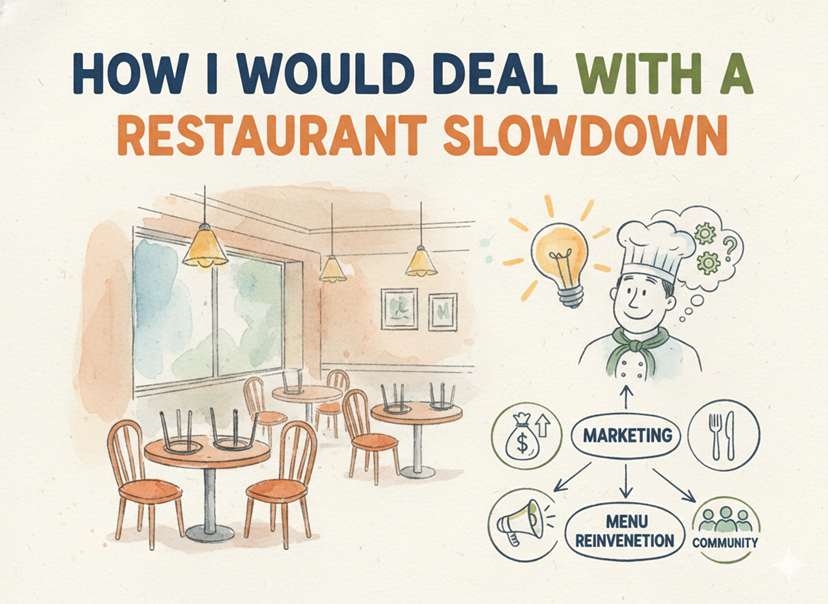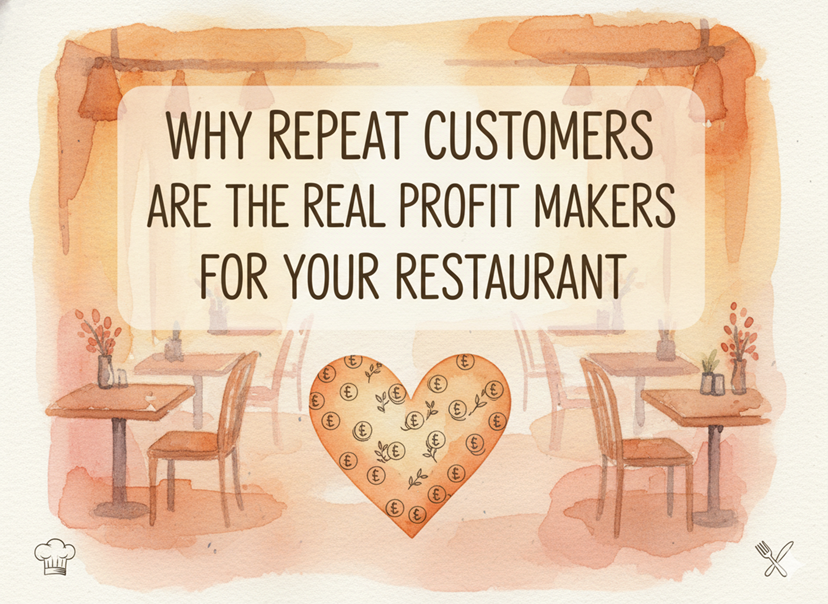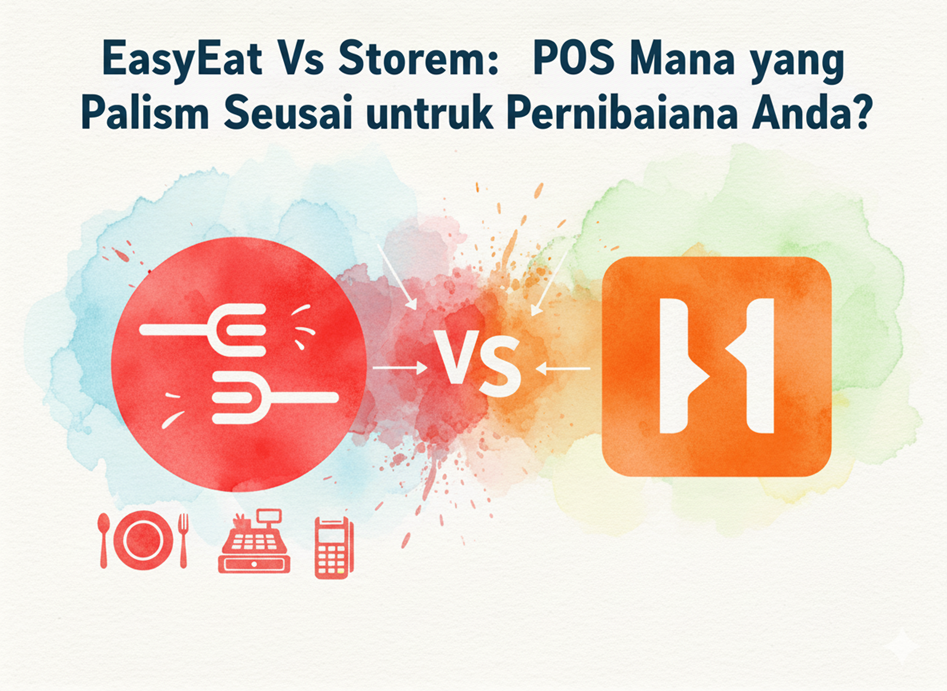Running a restaurant is not just about cooking and serving food. It requires planning, organization, and a clear strategy. A restaurant business plan is a document that outlines your goals, strategies, and financial projections. It helps you stay focused, secure funding, and manage your operations effectively. Whether you are starting a new restaurant or improving an existing one, having a solid plan is essential.
Why Do You Need a Restaurant Business Plan?
A restaurant business plan is like a roadmap. It guides you through every stage, from setting up your restaurant to making it successful. Without a plan, you may struggle to manage costs, attract customers, or handle unexpected challenges. According to the National Restaurant Association, about 60% of new restaurants fail within the first year, and 80% close within five years. One major reason is a lack of proper planning. A well-structured plan increases your chances of success by helping you understand your costs, target audience, and marketing strategies.
What Are the 7 Things in a Business Plan?
A business plan typically has seven key sections:
- Executive Summary – A brief overview of your restaurant, including your concept, mission, and financial projections.
- Business Description – Details about your restaurant’s name, location, theme, and the type of food you will serve.
- Market Analysis – Information about your target audience, local competitors, and industry trends.
- Organization and Management – The structure of your restaurant, including key team members and their roles.
- Menu and Services – A sample menu, pricing strategy, and any additional services you plan to offer.
- Marketing and Sales Strategy – How you will attract and retain customers, including advertising, promotions, and online presence.
- Financial Plan – Your budget for a restaurant business plan, including expected costs, revenue projections, and funding sources.
How Do I Write a Business Plan for a Restaurant?
Writing a restaurant business plan may seem complicated, but breaking it down into simple steps makes it easier. Here’s how you can create one:
1. Start with an Executive Summary
This section gives a quick snapshot of your restaurant. Keep it clear and concise. Describe your restaurant concept, what makes it unique, and why it will succeed. If you are seeking investors, highlight how they will benefit from supporting your business.
2. Describe Your Restaurant
Provide details about your restaurant, including its name, location, theme, and the type of food you will serve. Will you focus on casual dining, fine dining, or fast food? Explain why you chose this concept and how it fits the local market.
3. Understand Your Target Market
You need to know who your customers are. Are you targeting families, office workers, or students? Research your area’s population, spending habits, and food preferences. If your restaurant is in a busy office area, offering quick and affordable meals may be a good strategy.
4. Analyze the Competition
Look at other restaurants in your area. What do they offer? What are their strengths and weaknesses? If similar restaurants are doing well, find ways to stand out. If they are struggling, learn from their mistakes.
5. Plan Your Menu and Pricing
Your menu is the heart of your restaurant. Offer dishes that match your concept and attract customers. Make sure your prices cover costs while staying affordable. If ingredients are expensive, consider portion sizes or alternative ingredients to maintain profitability.
6. Set Up Your Organization and Management Structure
List the key people in your restaurant, including chefs, managers, and staff. Explain their roles and how they will contribute to your restaurant’s success. If you have industry experience, highlight your background to show credibility.
7. Outline Your Marketing and Sales Strategy
A great restaurant needs customers. Think about how you will promote your restaurant. Will you use social media, flyers, or partnerships with local businesses? Online presence is crucial—more than 90% of customers research restaurants online before dining. Investing in a website and social media ads can bring in more customers.
8. Create a Financial Plan
Your financial plan should cover the budget for your restaurant business plan, including startup costs, expected revenue, and expenses. Be realistic about costs like rent, salaries, utilities, and ingredients. A simple restaurant business plan should also include a break-even analysis—this shows how much you need to earn to cover costs. If you are seeking funding, explain how much you need and how you plan to use it.
Restaurant Business Plan Example
Here is a simple restaurant business plan example to give you an idea:
Executive Summary
Fresh Start Café is a small café that serves fresh and affordable breakfast and lunch options. It is located near an office area and targets working professionals. The expected revenue for the first year is RM500,000. The café aims to provide quick and healthy meals to busy workers looking for convenient options.
Business Description
Fresh Start Café is located in Kuala Lumpur. The café focuses on serving quick and healthy meals for professionals who do not have time to cook. The goal is to provide delicious and nutritious food at an affordable price.
Market Analysis
The target customers are office workers who need fast and healthy meal options. Many competitors charge higher prices, leaving a gap in the market for affordable yet high-quality food. The café fills this gap by offering fresh meals at lower prices.
Menu and Pricing
The menu includes sandwiches, salads, and smoothies. Prices range between RM15 and RM20 per meal. The menu is designed to be healthy and easy to prepare, ensuring fast service.
Organization and Management
The café is managed by an experienced chef with a background in running successful food businesses. The team includes two chefs, three servers, and one cashier. Everyone has clear roles to ensure smooth operations.
Marketing Strategy
To attract customers, the café will run social media ads targeting office workers. There will be a loyalty program that offers discounts to returning customers. The café will also collaborate with nearby offices to provide catering services.
Financial Plan
The startup costs for the café are estimated at RM150,000. This includes rent, kitchen equipment, staff salaries, and initial ingredients. The expected monthly revenue is RM40,000. The café aims to break even within six months by keeping expenses low and focusing on customer retention.
Using a Restaurant Business Plan Template
If writing a business plan from scratch seems difficult, using a restaurant business plan template can help. A template provides a structured format, so you don’t miss any important sections. Here’s a free restaurant business plan template that you can customize based on your restaurant’s needs.
A restaurant business plan is more than just a document—it’s a tool that helps you stay focused and organized. Without a plan, it’s easy to lose track of expenses, marketing, and customer needs. Whether you are opening a new restaurant or improving an existing one, taking the time to create a strong plan will help you succeed. Start with a simple restaurant business plan, and adjust it as your business grows. If you are seeking investors or loans, a well-prepared plan increases your chances of getting financial support. Planning now can save you a lot of trouble later.




